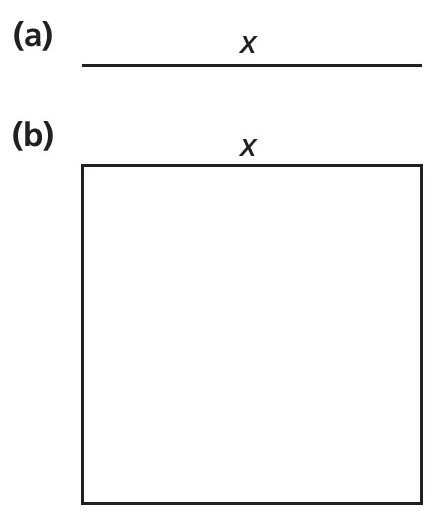
Articles in PHYSICS REVIEW occasionally appeal to your understanding of calculus in their explanations. While calculus is not needed for your A-level physics course, if you go on to study physics or related subjects at university you will be very quickly expected to get to grips with it. This fundamental mathematical concept is often described as the language of the universe.
If ever there was a common phrase that could summarise the idea of calculus to me, it is probably the heading above. It is generally used to refer to changes in behaviour or habits, but it also applies to the mathematics we need to consider when modelling the universe. Mathematicians since the dawn of the subject have had the opportunity to express their ideas using shapes and geometry, so I will start there, and then take you through to some of the equations that you use in your A-level physics that can be derived through calculus.
Your organisation does not have access to this article.
Sign up today to give your students the edge they need to achieve their best grades with subject expertise
Subscribe




